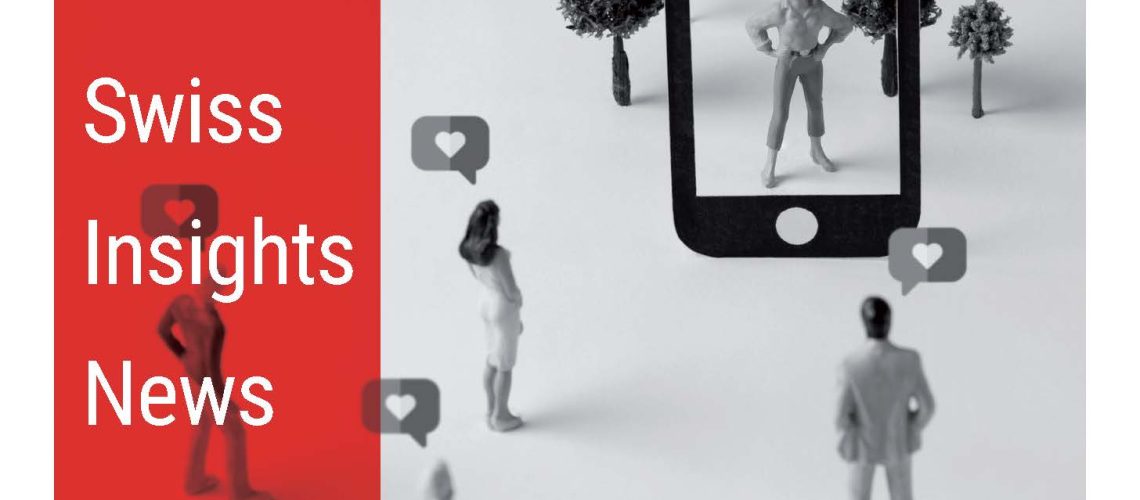In today’s dynamic digital landscape, marketers face a multitude of challenges when it comes to online advertising. One major hurdle is the phenomenon of banner blindness, where users have grown accustomed to online display ads and increasingly overlook them. Additionally, stringent regulations and mounting privacy concerns further complicate matters, making personalized ad targeting more challenging, which undermines overall effectiveness.
Amidst these challenges, the swift evolution of digital marketing has birthed a compelling solution: influencer marketing. As individuals dedicate more time to social media platforms, brands have recognized the potential of collaborating with influencers to engage audiences authentically and drive results.
However, despite the exponential growth of the influencer-marketing industry and the increasing number of firms leveraging influencers for promotional activities, a notable gap persists in comprehending the genuine return on investment (ROI) generated by these campaigns. This gap encompasses both the immediate revenue achieved and the associated costs.
In response, our comprehensive study investigates this critical aspect and illuminates the entire influencer marketing funnel (i.e., from followers on a social media platform, to reached followers, to engagement with the sponsored posting, and to actual revenue), offering invaluable insights to firms seeking to optimize their influencer marketing policy. By identifying influencers who deliver tangible ROI, firms can navigate the complexities of digital marketing with confidence and precision.
Our empirical/experimental evidence leads us to an intriguing conclusion: nano-influencers, those with a smaller following, are more cost-effective in revenue generation compared to their macro counterparts. This finding challenges the prevalent industry norm that attributes a higher value on influencers with more followers. We find that the engagement between influencers and their followers plays a crucial role in this dynamic. In essence, a more intimate connection between nano-influencers and their followers leads to more effective marketing outcomes. We find that around 1.5% of the usual nano-influencer’s followers would convert to buying, while it is only 0.2% for a macro-influencer.

Figure 1 shows a comparison of typical influencer-marketing funnels between nano-, micro- and macro-influencers. Note that of course these numbers might change given the platform and context. However, we expect the overall trend to persist: a nano-influencer outperforms a micro- and macro-influencer in each stage of the funnel with a higher percentage of the previous funnel step converting to the next funnel step. For example, for a nano-influencer around 700 out of 5,000 (14%) followers would typically engage, while for macro influencer 8,000 out of 160,000 (5%) followers would typically engage. This trend continues until the for a firm crucial step of converting followers of the paid influencer (and the sponsored post) into customers.
We analyze data from one of Europe’s leading direct-to-consumer firms, which includes influencer-specific discount codes shared on Instagram linked to nearly 1.9 million sold products, amounting to over €17 million in revenue. In addition, we analyze data from YouTube and TikTok as well as from three distinct field studies with 319 paid nano- and macro-influencers on Instagram, resulting in a combination of empirical and experimental evidence across platforms.
A key aspect of our study is examining the level of engagement on an influencer’s profile before a sponsored post. We follow social capital theory, which suggests that influencers with more followers might encounter lower engagement levels with their followers. And indeed, empirical data confirms this notion. We also use language style matching on more than 500,000 comments and replies to delve deeper into the relationship between influencers and their followers. Our findings indicate that nano-influencers align more closely with their followers’ communication styles, enhancing their relatability and effectiveness in influencer marketing.
These insights hold major implications for firms and marketers. The industry’s focus on macro-influencers needs a reevaluation in light of our findings. Brands should consider leveraging nano-influencers, especially for campaigns with a sales focus. This approach not only promises higher ROI but also fosters a more authentic connection with audiences. Nowadays, this is easily feasible through influencer-marketing tools that provide the infrastructure to manage hundreds of influencers at scale and automate processes such as example Kingfluencers or Rearchbird.
In conclusion, our study suggests that firms and marketers should consider the (ROI-)impact of nano-influencers. By doing so, they can unlock new potentials in influencer marketing, ensuring that their investments yield higher returns.
For the forthcoming publication in the Journal of Marketing, see here:
https://doi.org/10.1177/00222429231217471

Prof. Dr. Andreas U. Lanz
Assistant Professor of Digital Marketing Analytics,
University of Basel
Research Team
Maximilian Beichert (University of Mannheim, Germany)
Andreas Bayerl (Erasmus University, Netherlands)
Jacob Goldenberg (Reichman University, Israel)
Andreas Lanz (University of Basel, Switzerland)
Download Artikel
Swiss Insights News #24-2
Alle SWISS INSIGHTS News finden Sie hier: SWISS INSIGHTS NEWS
